Before the days of this blog, I would send periodic emails to family and friends about my travel. At first it was report that I’d made it to wherever and then I started adding some of the things I was seeing for no real reason other than I wanted to tell someone about anything interesting I saw from the trivial to the significant. What follows is the email I sent soon after arriving in Tanzania in 2007… Enjoy!
Hello, hope everyone is well. I have been now about 4 days in Tanzania for my work trip. After the long journey here, it is nice to be “settled” into a normal day-to-day living schedule though the first few days I kept waking up way too early for sanity (4 AM, 5 AM, etc.). Today, I slept past the desired wake up time. I think that is a good thing.
So what is my workday like? I start with a FULL breakfast at the hotel since lunch will not be until 1 PM, at the earliest, and since we start at the office at 8 AM. There is nothing in the vicinity of the office where you can buy any snack or other food, so I must load up at the hotel before coming over. No vending machines either. I fear hunger almost as much as I fear critters so I am proactive
The work location is what looks like an old house, big for the standards of Tanzania but smaller than the McMansions in Atlanta. Being an old house, rooms are small and I imagine some rooms where broken up into offices at some point too. Each little office has its own window A/C unit to keep people cooled. I was actually surprised they had these in every office but I am VERY glad for many reasons. I sit with the IT manager who has technical equipment in her office so her A/C unit works especially well to keep everything cool. I will miss her next week when she will not be at work since her office has to be kept locked due to the equipment and I will not be able to enter it…
Lunch is cooked on site by some ladies they hire to cook lunch for the office. Apparently everyone chips in like a subscription type of scheme because there is nowhere to eat around here. Visitors pay 2,000 shillings for lunch which sounds like a lot but it is less than $2. A bargain for a full plate of rice, a couple of small pieces of meat, beans or vegetables, and some fresh fruit. Around 530 PM we go back to the hotel. We are able to go out if we want but it means a taxi ride as there is nothing near the hotel (it is not near the city center).
Tanzania, unlike other countries where we do work, is quite safe so we are not required to stay in the hotel for our safety. I have heard stories of other countries where once you get to the hotel you must stay in per security standards. Transportation to and from work is provided by the local office, so we don’t have to worry about catching a cab, etc. That is a nice thing.
In the hotel I can get free wireless Internet access, unlike the US where we are squeezed to pay for that in most hotels. However, some nights the Internet connection is down which may have nothing to do with the hotel. That may not be atypical in many of the countries we work in from what I hear. Infrastructure (power, water, etc.) can be rather fragile. I have not experienced power outages in the hotel which is nice because it keeps the A/C on! (I am, I have to say, a little needy that way though I would survive without it if I had no choice which may happen when I travel outside of the big city.)
Alright, this has become quite a long email so I will begin to wrap up. My plans for the next few days are to travel to a town called Mwanza in the NW of the country to visit the field work Saturday and Monday (here is a link to my hotel there http://64.91.230.207/accomdation.html). From there, I get a small break on Sunday to visit the Serengeti National Park (hopefully) (this is where I may stay outside of the park http://www.spekebay.com/). I will return to Dar on Tuesday and probably head out to visit the field in Zanzibar.
Finally, I return to Dar and visit some of the field work done in the urban area here. We do a lot of work here related to health, education and national resource management (I was ignorant about this last area and now I am very curious to see the work we do; there is a strong correlation with national resource development like mining, forestry, etc. and poverty; the former when not managed tends to impact those who live in those areas rather strongly and negatively).
OK, now I will stop.


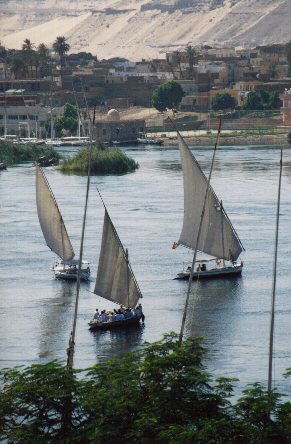
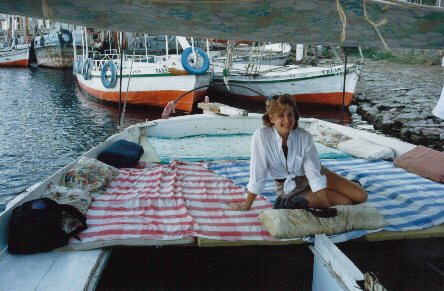
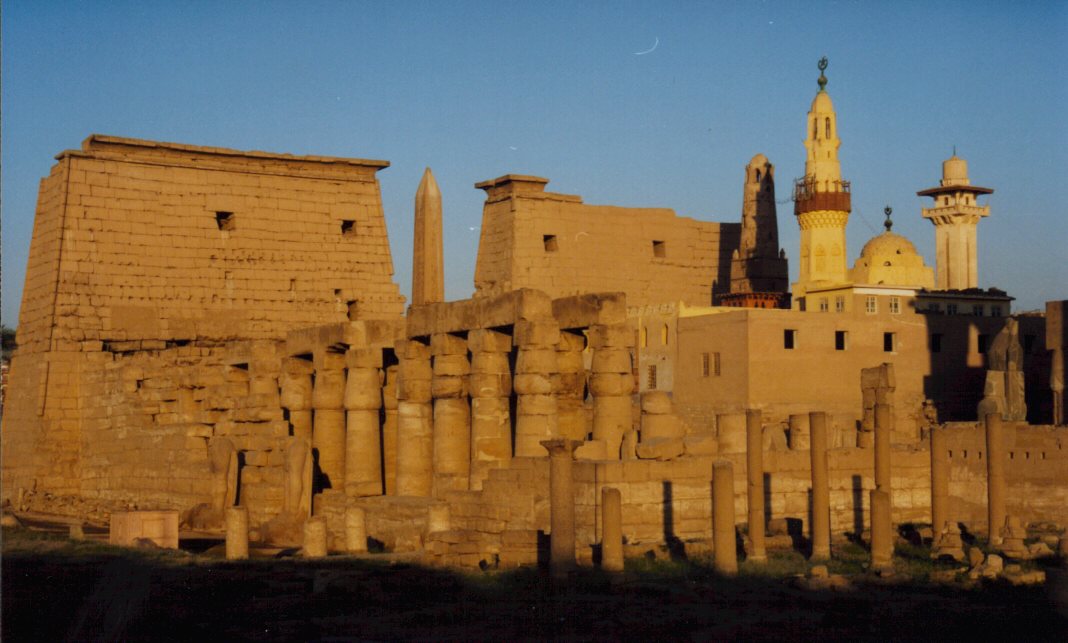
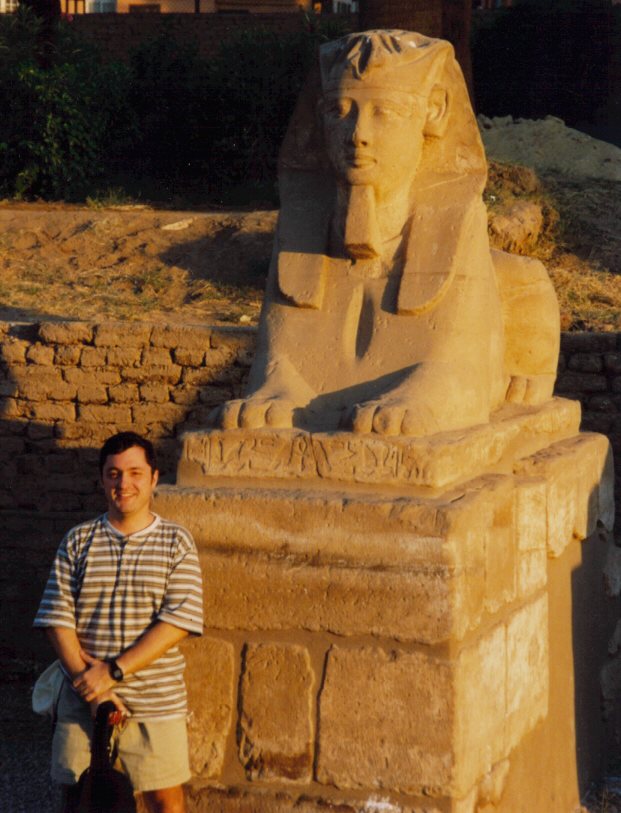
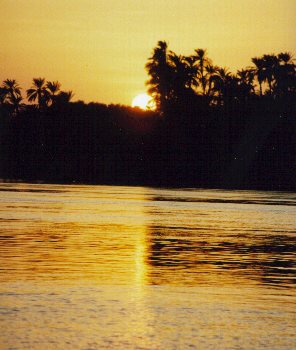

































 The Dubai airport is very glitzy in a commercial/Las Vegas-ish kind of way. But it felt nice and clean. It was interesting to see the flights to all these, to me, very exotic destinations that one rarely hears off in the U.S.: Khartoum, D’jamena, Tehran, Riyadh, etc. Very cool. Then you see the passengers from all over the world who cross paths at the airport with different languages, clothing, and customs… People ARE people. Seeing people sleeping UNDER the seats in the hallways of the concourse sure made it feel like the Dubai airport was the air-equivalent of a train station of the world, if such a thing existed.
The Dubai airport is very glitzy in a commercial/Las Vegas-ish kind of way. But it felt nice and clean. It was interesting to see the flights to all these, to me, very exotic destinations that one rarely hears off in the U.S.: Khartoum, D’jamena, Tehran, Riyadh, etc. Very cool. Then you see the passengers from all over the world who cross paths at the airport with different languages, clothing, and customs… People ARE people. Seeing people sleeping UNDER the seats in the hallways of the concourse sure made it feel like the Dubai airport was the air-equivalent of a train station of the world, if such a thing existed.































